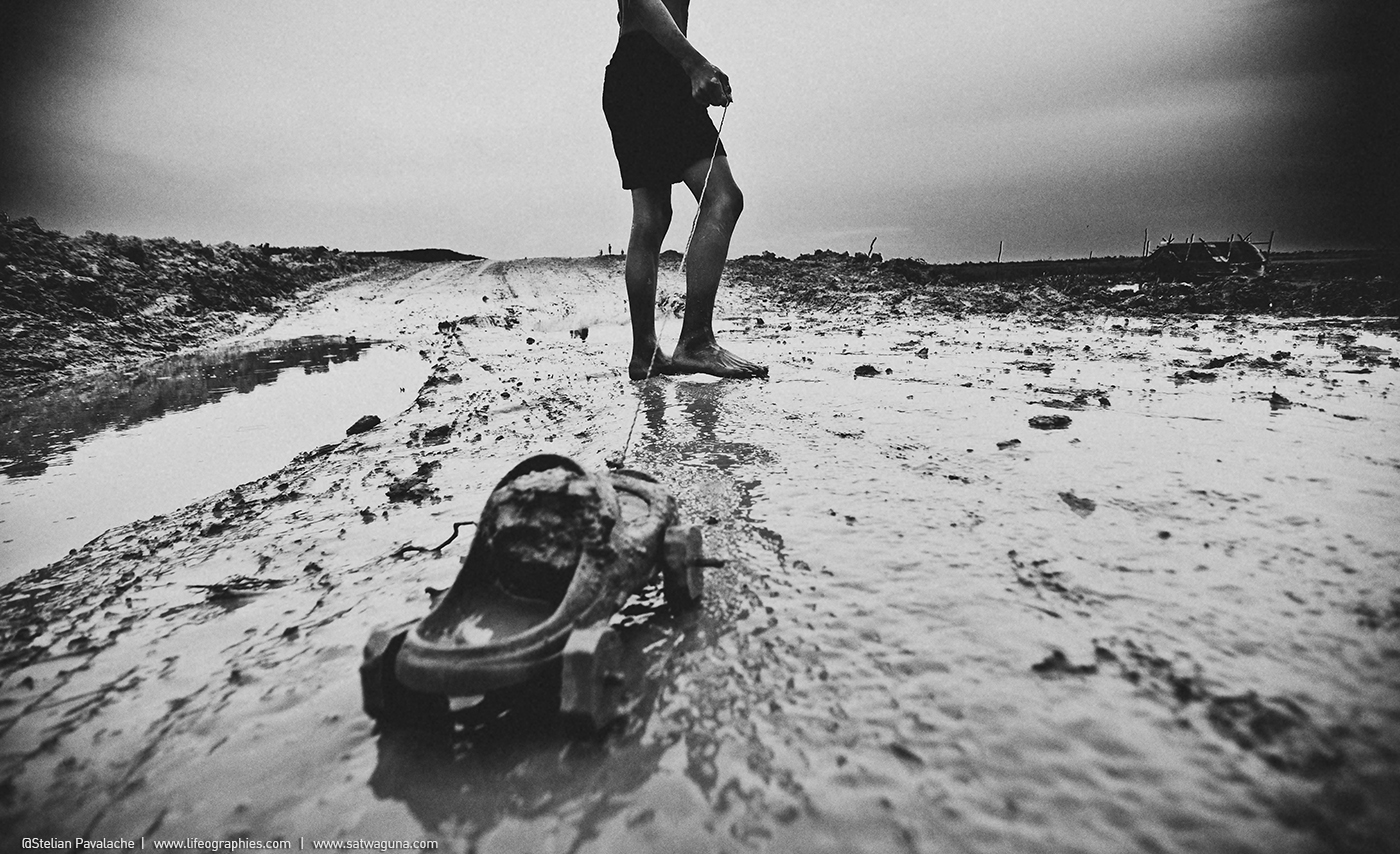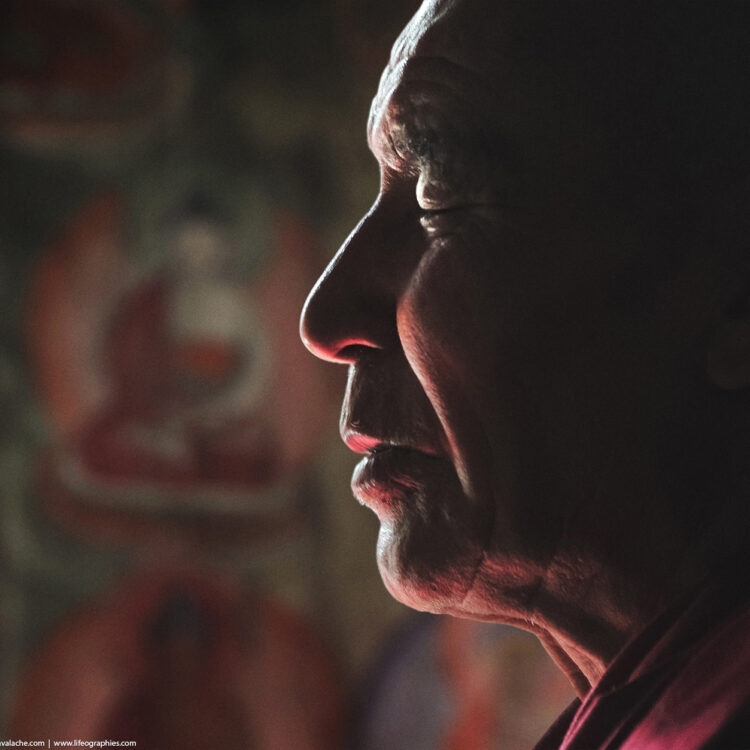Kampuchea people
For decades, Cambodia has carried the weight of a violent past and the scars of systemic poverty. Entire generations were born into a country still reeling from war, foreign occupation, and one of the most brutal social experiments in modern history. When the Khmer Rouge took power in 1975, led by Pol Pot, they envisioned an agrarian utopia inspired by remote hill tribes. These communities were self-sufficient and untouched by money, religion, or modern influence. To replicate this vision, the regime emptied cities, abolished currency, religion, and education, and forced millions into rural labor camps. Families were separated, identities erased. The infamous S-21 prison, formerly a school, became a place of torture and execution for over 17,000 people. Only a handful survived. Even today, the shadows of that time stretch into the present. Many children grow up in marginalized communities, surrounded by poverty and limited opportunities. Access to education, healthcare, and clean water remains inconsistent. Corruption and foreign dependency still influence daily life, creating a cycle that is difficult to break. Yet among broken classrooms, muddy roads, and improvised homes, there is resilience. A child's glance through iron bars, a barefoot step in the dirt, a handmade toy pulled through the floodplain. These images speak not only of hardship, but also of endurance, memory, and the quiet hope that change is still possible.
Ladakhis
...i've never reached those places with my soul, i just felt as a blind wanderer on lands which may have been once blessed with quietness and spiritual strength. Maybe back then, the people who didn't belong to that land came and told THEM that there may be something wealthier and then they killed their soul and settled off their spirit.
Kashmiri
People born from the confluence of mountains, valleys, and rivers, their identity as rich and layered as the landscapes that surround them. Known for their warmth, artistry, and devotion to spiritual traditions, Kashmiris carry within them the echoes of poets, mystics, and artisans who have shaped their history. In their faces, one sees both the gentleness of their Sufi heritage and the strength forged by generations of resilience. Despite decades of political turbulence, they hold fast to a unique cultural legacy, embodying a quiet grace and an enduring hope for peace. To be Kashmiri is to be deeply connected to the land—a life as intricate as their handwoven shawls, as enduring as the mountains, and as fluid as the rivers that carry their stories forward.
Zhongguoren
The Zhongguoren embody a rich tapestry of traditions, philosophies, and innovations that span millennia. In their essence, they are a people attuned to harmony—the delicate balance between the old and the new, the individual and the collective. Rooted in the principles of Confucianism, Daoism, and Buddhism, their societal ethos leans toward interconnectedness, where each person’s actions ripple through the community and nature itself, shaping a broader reality.
Lao People
The Lao people are grounded in a serene philosophy of life, shaped by a gentle rhythm that flows with the Mekong River and the lush landscapes of Laos. Known for their profound sense of calm and kindness, the Lao cultivate an approach to life that is quietly contemplative and deeply respectful of the cycles of nature. Central to their culture is the concept of "boun"—a belief in merit and good deeds that connect them to others and to the universe, encouraging a compassionate, patient view of the world.
Under construction
Our website is currently under construction due to unforeseen external factors. We’re working hard to bring everything up to speed and ensure a smooth experience for you. We appreciate your patience and understanding as we make these necessary updates. Please check back soon!







